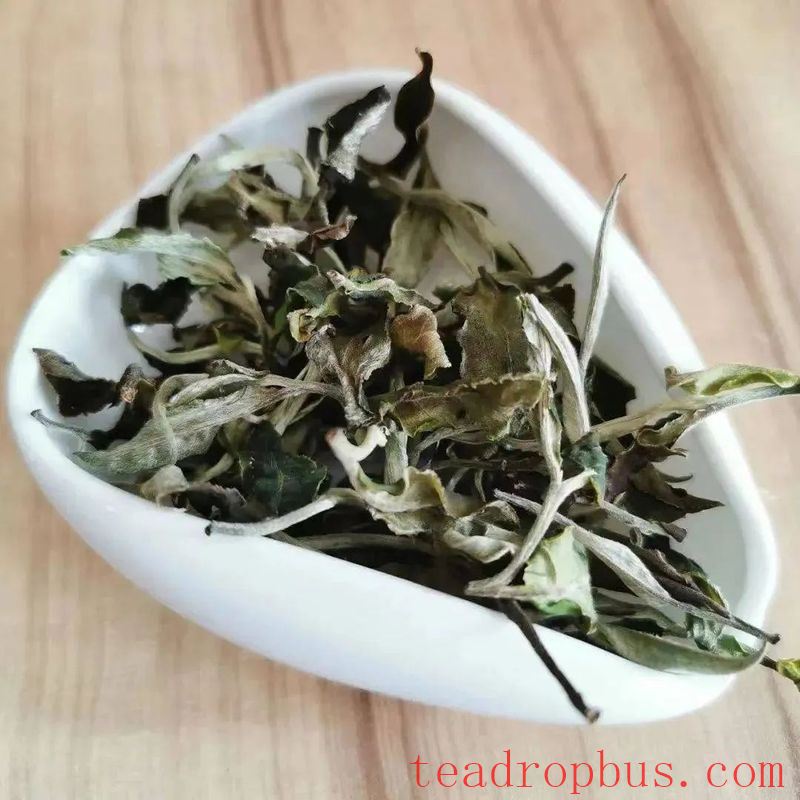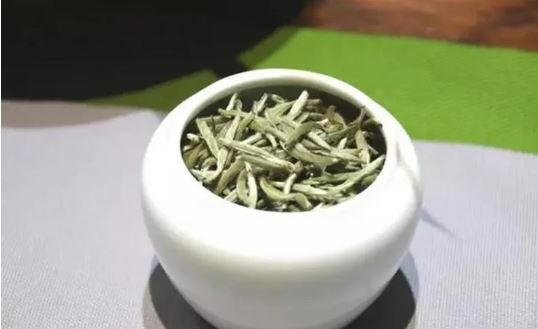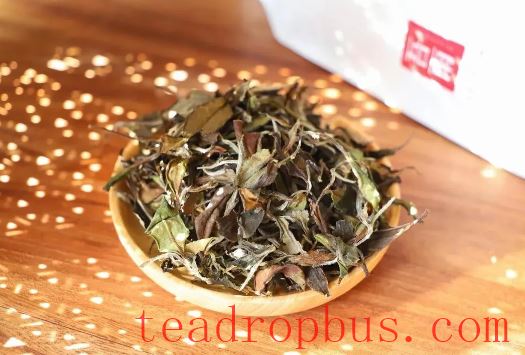In the long river of time, every story carries a unique charm, and every experience etches the marks of growth. Just like Sima Guang, from a green young man to the author of Zizhi Tongjian, his determination and effort shine brightly carved by the passage of time.

And in the world of Tea, White Tea also has its own journey of growth. Fresh white tea, much like a young novice, brings with it a touch of greenness and vitality, presenting itself before the world.
Hua Hua, hearing about her niece's struggles in school, can't help but feel moved. Recalling how tea enthusiasts commented on the strong green flavor of fresh white tea, this leads her into deep contemplation.
The green flavor of fresh white tea, what does it really taste like? Some describe it as the natural plant scent emitted by the vegetation in the outskirts, not the wild grassy aroma of the forest, but more akin to the scent of city greenbelts after being caressed by morning dew and a gentle breeze—a taste of chlorophyll.
The appearance of this green flavor is closely tied to the production techniques of white tea. The two major steps of withering and drying preserve the natural aroma of white tea to the utmost extent. Unlike other types of tea, white tea does not undergo the process of fixing. Fixing typically uses high temperatures to halt the oxidation of polyphenols, thus eliminating the green flavor. For tea enthusiasts accustomed to teas processed through fixing, such as Pu'er and dark teas, finding the green flavor of fresh white tea unpalatable seems understandable.

However, every tea has its unique flavor, and the natural aroma and taste preserved in fresh white tea at birth are precisely what make it distinct. How can one dismiss the value of fresh white tea simply because of this unique characteristic?
Just like Sima Guang in his youth, who was ridiculed for oversleeping but transformed himself through firm resolve and a self-made alarm pillow, fresh white tea also grows and evolves over time.
The grassy flavor of white tea is not eternal. In aged white tea, the aroma is more floral, downy, or reminiscent of dry grass or rice straw. Those who do not enjoy the grassy flavor may prefer the richer and smoother taste of aged white tea. During aging, the internal substances of the tea subtly change. Under proper storage conditions, the tea exchanges substances with weak oxygen molecules within the packaging, and the grassy flavor matures over time.
After one or two years of aging, the floral fragrance of fresh white tea becomes less assertive, and its character stabilizes. The former greenness gradually fades away, and it transforms into a mature and reserved lady. If allowed to age for several years, its charm becomes even more enchanting.

Some are enamored with the freshness and naturalness of fresh white tea, akin to appreciating the innocence and vitality of youth; others prefer the smoothness and richness of aged white tea, much like admiring the composure and depth that come with maturity.
For those who truly cannot accept the hint of green flavor in fresh white tea, patience in waiting for its aging is recommended. As long as stored properly, white tea aged for a year still retains similarities to fresh white tea but with significantly reduced grassy flavor, suitable for those who want to taste the freshness of new tea while being concerned about the intensity of the green flavor.
This year's fresh Bai Mudan is an excellent example. In the aroma of the dried leaves, there is a faint Orchid and grassy scent. After brewing, the first infusion prominently features floral fragrance, with the grassy scent subtly supporting it, light yet undeniable. The rich floral aroma intertwines with the freshness of the grass, and with a sip of the tea, one can feel the vibrant life force. In the second and third infusions, the downy aroma becomes more intense, the grassy and bamboo leaf scents become lighter, and the floral aroma blends into the tea, captivating the senses.
In the high-altitude white tea from Taimushan region, this feature is more pronounced. Under suitable temperature, humidity, and soft lighting, each leaf of the tea plant is fully nourished, making them fresher and richer in chlorophyll. With skilled craftsmanship, excess moisture in the leaves evaporates, allowing the characteristic grassy scent to remain. A sniff of the dried leaves reveals a refreshing dryness, invigorating the spirit.
Hua Hua continues to reflect on her niece's situation, hoping she will make up her mind and take action like the ancients did. In the world of tea, just like in life, one should not lose oneself due to others' opinions.
Drinking tea should satisfy one's own inner needs. If others dislike the green flavor of fresh white tea and choose not to drink it, that is their choice. But for those who have not tried it, how can they be easily swayed by others' views? Only by tasting it personally can one truly understand its beauty and shortcomings.

The green flavor of fresh white tea might seem unfamiliar and even repellent at first taste. But by delving deeper into its origins and experiencing the natural purity it represents, one might gain a new perspective. Like facing challenges and difficulties in life, which might initially evoke fear, but when faced bravely and explored, often reveal hidden opportunities and beauty.
Tea is like life, and life is like tea. The green flavor of fresh white tea is a stage in its journey of growth, part of its unique charm. Let us embrace it with an open mind, taste it, and find enlightenment in its fragrance.
So, when you next encounter fresh white tea with a green flavor, do not panic or rush to dismiss it. Calm your mind, savor it slowly, and you may discover a whole new world of tea, a journey full of vitality and hope.